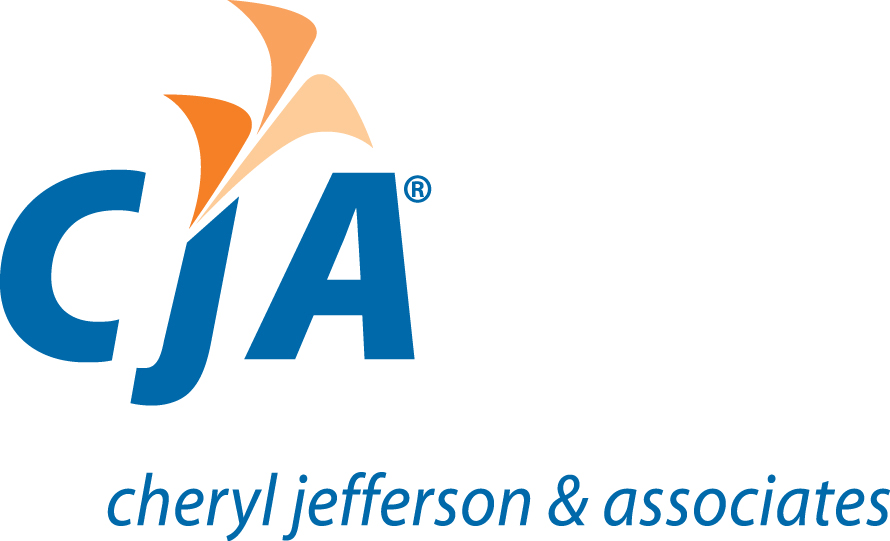Cash Flow Statement
Money is essential to any business. Many decisions a business makes often includes the topic of money and funding. Whether a business wants to expand and hire more personnel, or it wants to develop a new product, money is involved. With money flowing quickly in and out, how does a business know if it can accomplish its goals? One way is by preparing a cash flow statement to analyze the flows of cash of a business.
What is a Cash Flow Statement?
A cash flow statement shows how cash moves in and out of a business during a specific period. Businesses prepare this statement using the indirect or direct method. This statement, along with the balance sheet and income statement, describes a business’ financial standing. Inflows refer to cash coming into a business, while outflows describe cash leaving a business. Cash flows come from three different types of business activity: operating, investing, and financing.
Operating, Investing, and Financing Cash Flows
Core business activities are what create operating cash flows. This section of the statement begins with net income. Non-cash items, such as depreciation, are added into net income. Then changes to working capital are shown. Accounts receivable, prepaid expenses, and accounts payable are some items seen here.
Investing cash flows relate to cash activities from non-current assets. Other investments, that are not cash equivalents, are investing cash flows too. Purchasing capital assets is an example of investing cash flow.
Financing activities is the last section of the cash flow statement. It reports the inflows and outflows that relate to debt and equity. Proceeds from line of credits, borrowing and repaying bank loans, and distributions paid are all examples of financing activities.
Why is the Cash Flow Statement Important?
This statement describes a business’ financial health. Inflating profits of a business can occur, however falsifying the flows of cash is more difficult. Essentially, a business may be ‘generating’ profits but is still strapped for cash. Users of this statement, such as lenders, creditors, and investors, can see how much money a business is making and spending. Internally, the financial statement, helps in efficient management.
Cash flow is the best indicator of a business’ performance. It helps answer many questions businesses face every day: Is there enough cash for payroll, can a business expansion occur, etc. A CPA can not only prepare a cash flow statement but can aid in cash flow forecasting.

